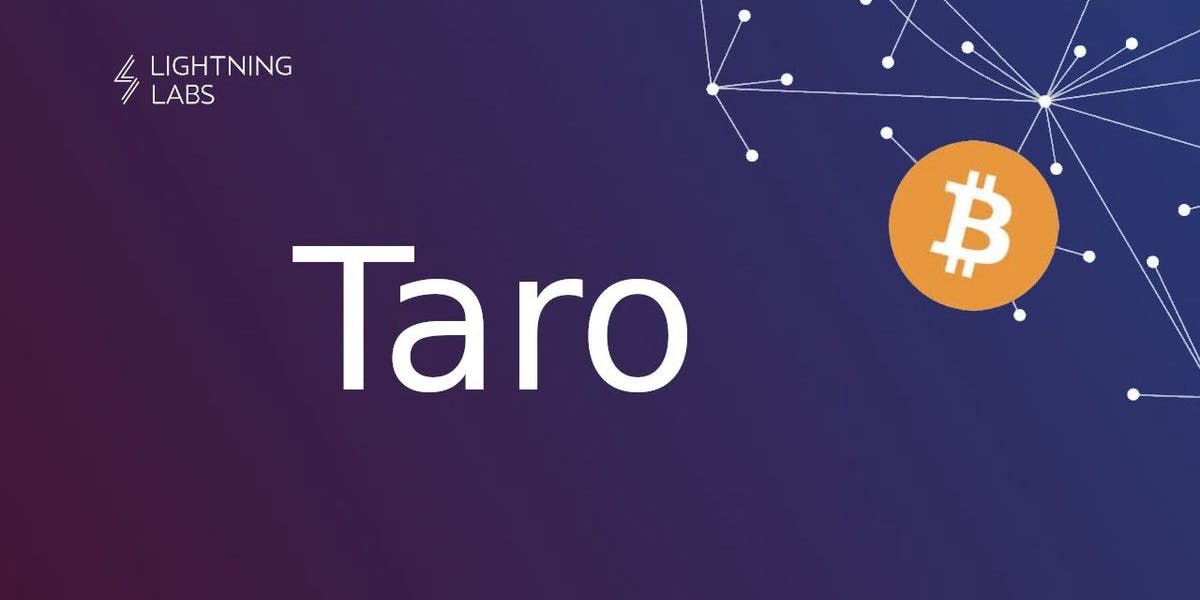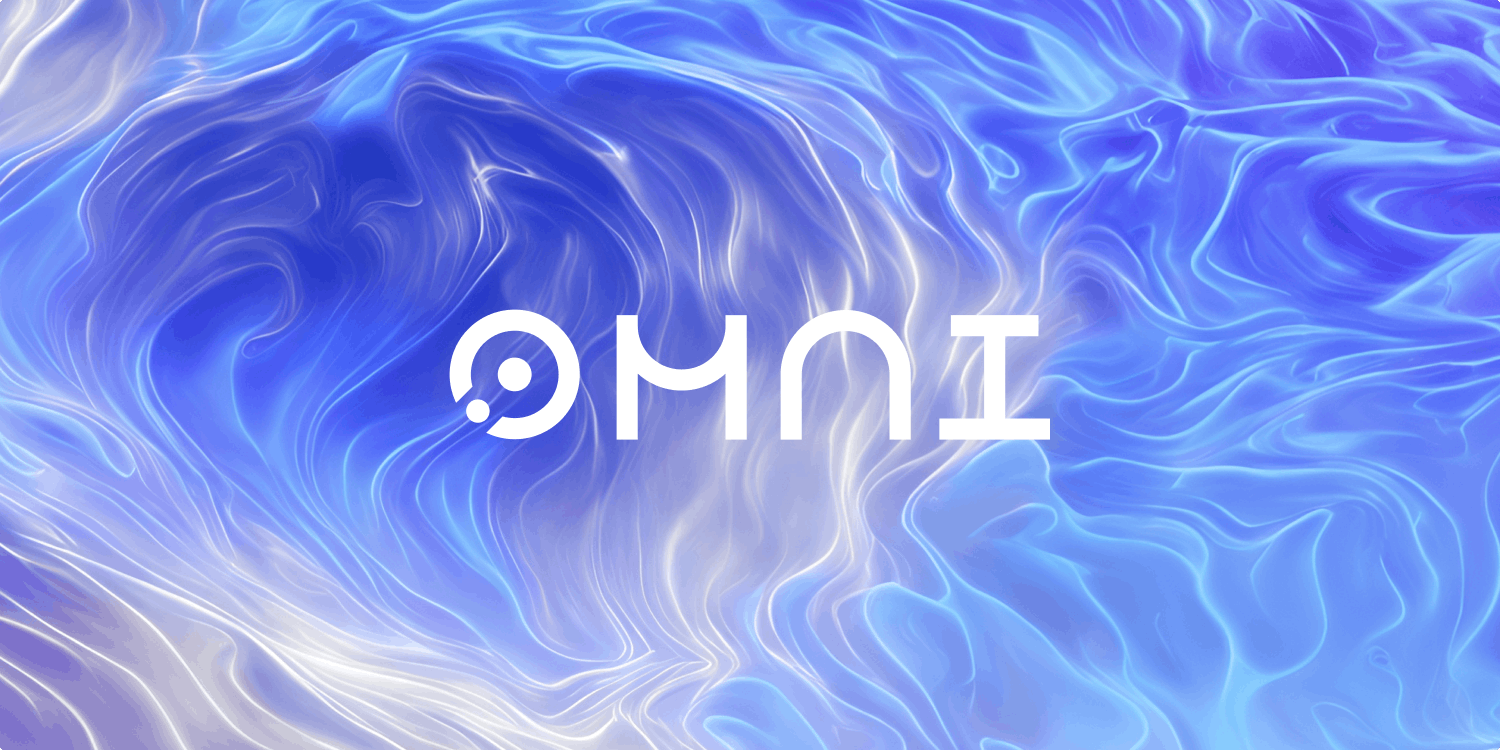
Can the Taro Protocol Alleviate Congestion on the Bitcoin Chain and Enjoy Low Gas Fees?
Recently, due to the wealth effect of the ORDI token and the craze of BRC-20, the Bitcoin chain has experienced severe congestion and a sharp increase in Gas fees. Therefore, the community's attention has been focused on the Lightning Network, which focuses on reducing Bitcoin transaction fees, hoping that related protocols can quickly solve the current dilemma of Bitcoin.
Taro is a protocol that can bring assets to the Bitcoin blockchain and open up new scenarios. It is considered to be scalable and has the potential to make Bitcoin a network that can accommodate multiple assets. On this network, users can use the reliability of Bitcoin and enjoy instant global settlement with low fees. So what exactly is Taro? How does it work? Does it solve the current dilemma of Bitcoin?
What is the Taro Protocol?

Taro is a new Taproot-supported protocol developed by Lightning Labs, which allows users to create assets on the Bitcoin blockchain and then send them through the Lightning Network with minimal cost for fast, large-scale transactions. It can be used to issue fungible assets (such as stablecoins) as well as non-fungible, unique tokens (such as NFTs or collectibles).
The core of Taro is to leverage the security and stability of the Bitcoin network along with the speed, scalability, and lower cost of Lightning. It aims to change the situation where most digital assets are placed on other blockchains.
Technically, in order to be fast and efficient, private retrieval and modification of information or transaction data, and proving legitimate protection/non-inflation are required. Taro relies on Bitcoin's latest upgrade Taproot to build new Merkle Trees, allowing developers to embed arbitrary asset metadata in existing outputs.
Merkle Trees, to be precise, are a combination of "Merkle Sum tree" and "Sparse Merkle tree". It is a data structure that can store a large amount of data and easily prove the existence of a piece of data on a tree, verify the total quantity of assets without change, and maintain the same position as before. It has the following properties:
-
Can accommodate a large number of assets.
-
Allows users to prove that an asset is stored on a Merkle tree, and the root of the Merkle tree is the metadata of a Bitcoin transaction.
-
Forgery-resistant, once forged, the Merkle root value will change.
-
Easy to verify the total quantity without disclosing all information.
-
Merging and splitting of fungible Taro assets is possible, as long as they do not affect the total supply.
-
Users can prove that an asset is no longer stored on a Merkle tree and has been transferred. This is also called "non-membership proof".

Advantages of Taro
1. Fast Transactions, Low Fees
Taro uses the Lightning Network to achieve higher transaction speed, better scalability, and lower fees for fungible Taro assets (such as stablecoins). The Lightning Network is also known as a Layer 2 solution for Bitcoin, with the core idea of off-chain scaling, conducting user transactions off-chain and only confirming the final transaction results on the Bitcoin mainnet, thereby improving the transaction efficiency of the Bitcoin network and allowing users to complete payments at a lower cost and faster speed. To route a payment denominated in a certain Taro asset, only the first and last channels of the entire payment path need to recognize the Taro asset, and the Lightning Network itself does not need to change.
2. High Privacy Standards
Taproot specifies the encoding strategy for Schnorr public keys and signatures. Schnorr signatures and key aggregation make multi-signature contracts look the same as single-signature contracts, providing privacy for all Taproot users. Taproot makes it difficult to determine which transactions have Lightning channels, as the Lightning Network relies on 2-of-2 multi-sig. By merging MAST, Taproot also brings significant privacy advantages. When spending from a Taproot output, only the script used needs to be disclosed, and other potential scripts that may have unlocked Bitcoin do not need to be publicly disclosed.
3. Storage Space Savings
Most Taproot (P2TR) outputs occupy less blockchain space than P2PKH outputs, but slightly more than P2WPKH outputs. This is mainly because P2TR locks Bitcoin directly to public keys, rather than the hash value of public keys. Since public keys require more storage space than public key hashes, the cost of transmitting to Taproot outputs is slightly higher. The public key in the scriptPubKey does not need to be included in the Script Witness, greatly reducing the cost of spending Taproot outputs.
Team and Funding Situation
The core team of TARO is composed of experienced technical experts who have participated in projects such as Bitshares and Ethereum, and they are very focused on user experience and design, which also allows them to use open-source software on the platform. Since its establishment in 2016, Lightning Labs has been committed to developing software to support the second-layer Lightning network of Bitcoin.

The project encountered a restraining order storm in March 2023. Blockchain startup Tari Labs filed a lawsuit against Lightning Labs last year, accusing it of copyright infringement. It claimed that its Taro protocol and platform were similar to its own trademark name and provided similar services. As a result, a California court ruled in favor of Tari Labs, issuing a temporary restraining order against Lightning Labs' Taro protocol. This will restrict Lightning Labs from making external updates to its Taro protocol and announcing the next phase of the protocol until a hearing is held to dissolve the temporary restraining order.
Before being constrained by the restraining order, the last major update was in September 22, when the Taro protocol released an open-source Alpha version, which was already based on the Taproot protocol and could be used to issue assets that can be transferred via Bitcoin, but the Lightning Network part—used for instant, high-capacity, low-cost transactions—has not yet been released. At this time, the Taro protocol is still in the early development stage.
Opportunities and Risks
First of all, Taro is a very attractive Bitcoin proposal for users, especially in the current severe congestion of the Bitcoin network, it has great potential to promote the development speed of Lightning network activities and off-chain payment network infrastructure.
However, it requires on-chain transactions to transfer ownership of non-fungible and fungible assets. Technically, it is possible to establish a Lightning network using a fungible token (such as stablecoin) on Taro. However, many user scenarios, such as NFTs in popular games, where thousands or even millions of transactions are executed every second, cannot be realized. If every transaction requires an on-chain Bitcoin transaction, it will be completely unscalable, resulting in only a few users being able to play the game and having to pay high fees. Additionally, the restraining order against the Taro project team in March this year also raises concerns about whether the protocol can overcome the restrictions and enter the next update phase to alleviate congestion on the Bitcoin network.
However, overall, while enjoying the rock-solid security of the Bitcoin main blockchain and the privacy and efficiency brought by the latest Taproot upgrade, Taro will enable stablecoins, NFTs, and other Bitcoin-based assets to be issued on a layered protocol to avoid unnecessary data transfer burdens on the network. By transferring Taro tools to the Lightning Network, users can benefit from the enhanced speed and scalability of the second-layer payment solution.
In the current hot market demand, Lightning Labs is also working hard to solve the current issues of the Taro protocol. We do not know for sure whether and when it will be truly implemented. But if it can be implemented, it will have great potential and strength to promote the activity and adoption of the Lightning network, helping users to trade quickly and smoothly on the Bitcoin network. Stay tuned for more updates. If you are interested in the in-depth technology or other aspects behind the Taro protocol, the following links can quickly take you there: Official Twitter: https://twitter.com/lightning Whitepaper: https://docs.lightning.engineering/the-lightning-network/taro Github: https://github.com/lightninglabs/taro
Follow Us
veDAO is a decentralized investment and financing platform led by DAO, committed to discovering the most valuable information in the industry, and enthusiastic about exploring the underlying logic and cutting-edge tracks of the digital encryption field, allowing every role within the organization to fulfill their responsibilities and receive rewards.
Website: http://www.vedao.com/ Twitter: https://twitter.com/vedao_official Facebook: bit.ly/3jmSJwN Telegram: t.me/veDAO_zh Discord: https://discord.gg/NEmEyrWfjV
🔴Investment carries risks, the project is for reference only, please bear the risks on your own🔴



